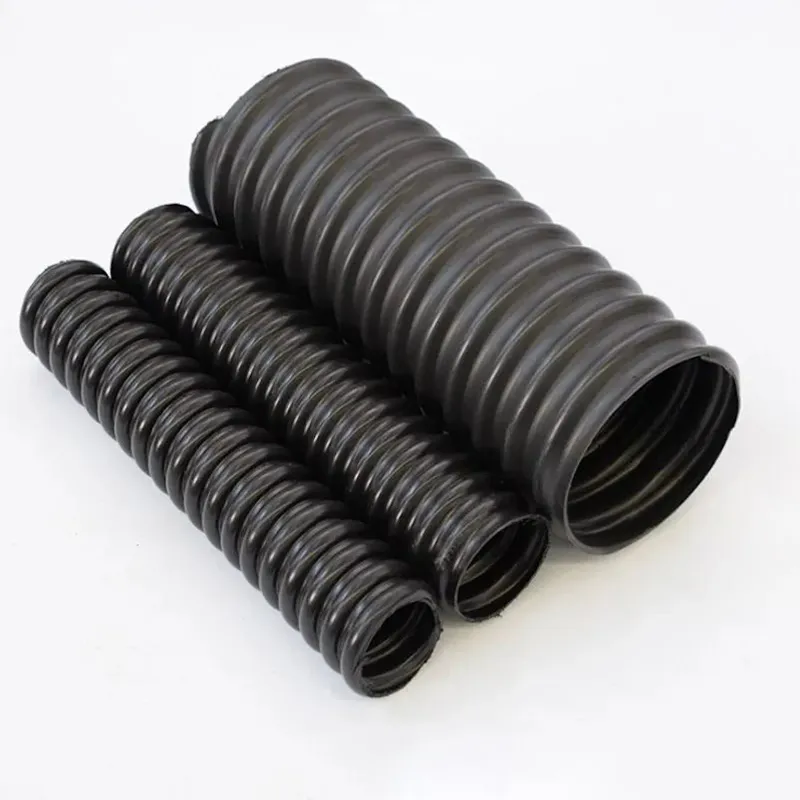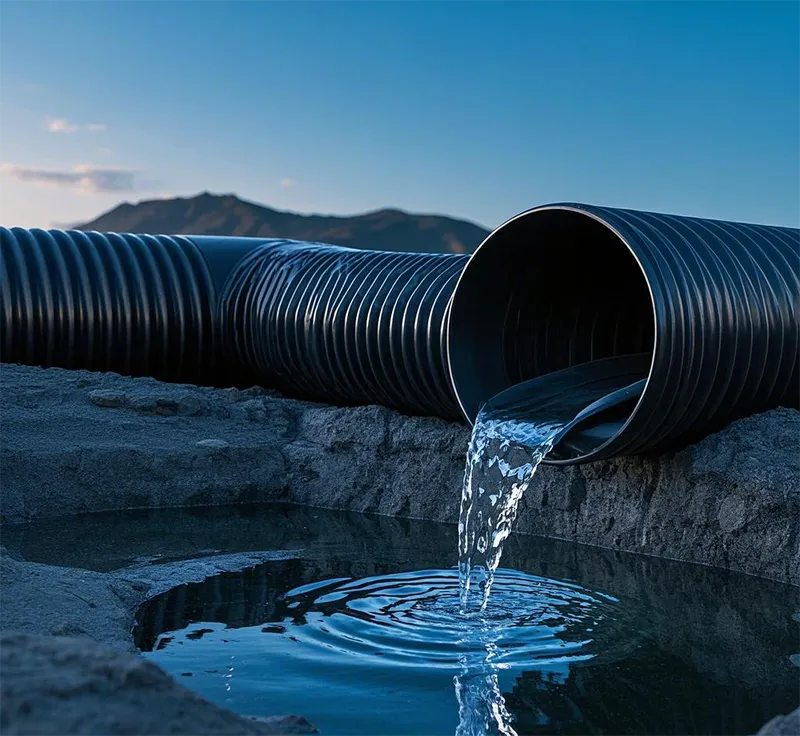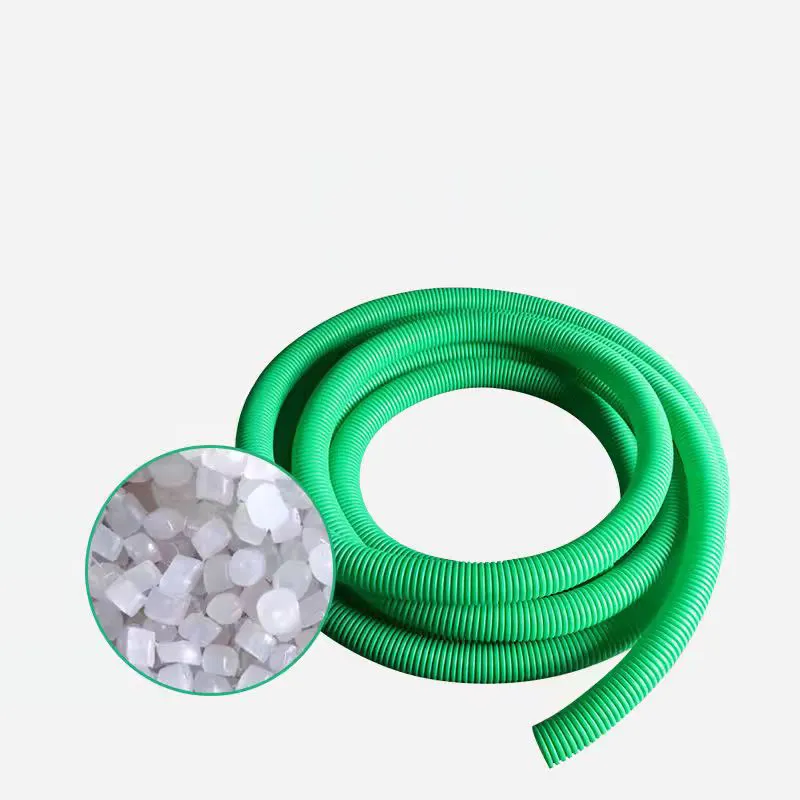Selecting the right HDPE pipe welder is crucial for achieving high-quality, durable, and reliable pipe joints. Consideration of factors such as welding technique, welder type, welding capacity, weld quality, and compliance with standards is essential in the decision-making process. By following a thorough evaluation process and referencing specific industry standards, such as ISO certifications, one can ensure the optimal choice of an HDPE pipe welder for their specific needs.
Factors to Consider in selecting the right HDPE pipe welder
Welding Technique
There are different welding techniques available for HDPE pipes, such as butt fusion, electrofusion, and socket fusion. The choice depends on the pipe diameter, application, and project requirements.
When it comes to welding HDPE pipes, several techniques are commonly used, each with its advantages and suitability for specific applications. Understanding the different welding techniques will help you determine the most appropriate method for your HDPE pipe welding needs. Here is a more detailed explanation of each technique:
Butt Fusion Welding
Butt fusion welding is the most commonly used technique for joining HDPE pipes. It involves heating the pipe ends and then pushing them together to create a fusion joint. The heated ends soften and meld together, resulting in a strong, seamless connection. Butt fusion welding is ideal for larger pipe diameters and high-pressure applications. It provides excellent joint integrity, uniform wall thickness, and superior leak resistance. This technique is often used in water distribution systems, gas pipelines, and industrial applications.
Electrofusion Welding
Electrofusion welding utilizes specialized fittings with built-in heating elements. The fittings are placed on the pipe ends, and an electrical current is applied to heat and melt the HDPE material. The molten material fuses together, forming a robust joint. Electrofusion welding offers precise control over the fusion process, allowing for accurate alignment and consistent joint quality. It is commonly used for joining pipes with smaller diameters, typically ranging from 20mm to 630mm. This technique is widely employed in gas distribution networks, water treatment plants, and plumbing systems.
Socket Fusion Welding
Socket fusion welding involves heating the pipe and fitting socket using a specialized socket fusion tool. Once heated, the pipe end is inserted into the fitting socket, and the material cools down, creating a solid joint. This technique is suitable for smaller pipe sizes, typically ranging from 20mm to 110mm. Socket fusion welding offers simplicity, portability, and ease of use, making it a popular choice for plumbing installations, irrigation systems, and domestic water supply lines.
It is important to consider the pipe diameter, application, and project requirements when selecting a welding technique. Larger diameter pipes generally require butt fusion welding due to its superior strength and reliability. Electrofusion welding is well-suited for smaller diameters and complex installations that require precise control over joint alignment. Socket fusion welding is ideal for smaller pipe sizes and applications where simplicity and portability are key factors.
By evaluating the pipe diameter, project specifications, and considering the advantages and limitations of each welding technique, you can make an informed decision on the most suitable method for your HDPE pipe welding needs.
Welder Type
HDPE pipe welders come in various types, including manual, hydraulic, and automated machines. The selection should consider factors like weld size, project scale, available manpower, and budget.
When choosing an HDPE pipe welder, it is essential to consider the type of welder that best suits your specific needs. Here is a more detailed explanation of the different types of HDPE pipe welders:
Manual Welders
Manual welders are typically lightweight, portable machines that require manual operation. They are suitable for smaller-scale projects or situations where mobility is important. Manual welders are often used for socket fusion or smaller diameter pipe welding. These machines are cost-effective and straightforward to operate, making them a popular choice for plumbing repairs, irrigation systems, and smaller construction projects.
Hydraulic Welders
Hydraulic welders are designed for larger diameter pipes and more demanding applications. They utilize hydraulic power to apply pressure and heat to the pipe ends during the welding process. Hydraulic welders offer increased welding capacity and can handle larger pipe sizes, typically ranging from 63mm to 1600mm. These machines provide higher force and control, resulting in better fusion quality and joint integrity. They are commonly used in water and wastewater treatment plants, mining operations, and industrial pipeline installations.
Automated Welders
Automated welders are advanced machines that offer precise control and automation of the welding process. They are suitable for large-scale projects or applications that require high productivity and efficiency. Automated welders utilize robotic arms or computerized systems to perform the welding operation, minimizing human error and ensuring consistent weld quality. These machines are capable of handling a wide range of pipe sizes, from small to very large diameters. Automated welders are commonly used in pipeline construction, infrastructure development, and large-scale industrial projects.
When selecting a welder type, consider factors such as the required weld size, project scale, available manpower, and budget. Smaller manual welders are suitable for simple repairs or smaller projects with limited resources. Hydraulic welders are ideal for medium to large-scale projects that require higher welding capacities and quality. Automated welders are best suited for large-scale projects that demand high productivity and precision.
It is important to assess your specific project requirements and consider the capabilities and limitations of each welder type. Additionally, factor in the availability of trained operators, as some machines may require specialized training. By aligning the welder type with your project needs, you can ensure efficient and reliable HDPE pipe welding operations.
Welding Capacity
The welding capacity of a machine is determined by its ability to handle different pipe sizes and wall thicknesses. It is essential to ensure that the welder can accommodate the specific pipe dimensions required for your project.
When evaluating the welding capacity of an HDPE pipe welder, it is important to consider the machine's ability to handle a wide range of pipe sizes and wall thicknesses. Here are some specific details and numerical examples to further elaborate on this aspect:
Pipe Diameter Range
The welder should be capable of accommodating the specific pipe diameter range required for your project. For example, it should be able to handle pipes ranging from 20mm to 630mm or even larger. This ensures that the machine can effectively join pipes of different sizes commonly used in various applications.
Wall Thickness
The welder's welding capacity should align with the wall thickness of the HDPE pipes to be joined. The wall thickness can vary based on the pipe's diameter and intended application. As an example, consider a welder that can handle HDPE pipes with a wall thickness ranging from 2mm to 60mm. This means that it can effectively fuse pipes with varying thicknesses, ensuring strong and reliable joints.
SDR Rating
The welder should be compatible with the Standard Dimension Ratio (SDR) rating of the HDPE pipes you are working with. The SDR rating determines the pipe's outside diameter in relation to its wall thickness. For instance, a welder may be designed to handle pipes with an SDR rating of 11, which is commonly used for water and gas distribution systems.
Compatibility with Fittings
Ensure that the welder is compatible with the specific fittings used for the pipe dimensions required in your project. For example, the machine should be able to work seamlessly with fittings designed for pipes with diameters of 110mm, 315mm, or any other specific size you require.
By considering the welding capacity in terms of pipe diameter range, wall thickness, SDR rating, and compatibility with fittings, you can select a welder that meets the specific requirements of your project. For instance, a suitable welder may be capable of joining HDPE pipes ranging from 50mm to 400mm in diameter with wall thicknesses ranging from 4mm to 25mm, ensuring versatility and compatibility with a wide range of pipe dimensions commonly used in construction and infrastructure projects.
Remember to consult the manufacturer's specifications and guidelines to verify the welding capacity of the specific HDPE pipe welder you are considering for your project.
Weld Quality
Evaluate the weld quality produced by the welder by examining the joint strength, fusion consistency, and surface finish. High-quality welds are critical for the long-term performance and reliability of HDPE pipe systems.
Compliance with Standards
Verify that the welder meets the relevant industry standards and certifications, such as ISO 12176 for butt fusion welding or ISO 21307 for electrofusion welding.
Case Study: WELL Construction Company
WELL Construction Company specializes in infrastructure development and frequently utilizes HDPE pipes for their projects. They recently undertook a water supply project that required the installation of HDPE pipes ranging from 110mm to 630mm in diameter. To ensure the success of the project, they carefully evaluated their options and determined the right HDPE pipe welder for their needs.
After considering factors such as welding technique, welder type, welding capacity, weld quality, and compliance with standards, WELL Construction Company selected HAILI Welding Machine. This hydraulic butt fusion welder offered a wide range of welding capabilities, including the ability to handle pipe sizes up to 630mm. The machine also provided consistent and high-quality welds, meeting the required standards for the project.
By choosing the right HDPE pipe welder, WELL Construction Company successfully completed the water supply project on time, with reliable and durable pipe joints. The investment in the appropriate welder ensured the long-term performance and integrity of the HDPE pipe system, minimizing the risk of future leaks or failures.
Conclusion
Choosing the right HDPE pipe welding machine for your needs is key to ensuring high-quality welds and project success. Pipe diameter, application and project requirements need to be considered when deciding on the welding technique to use. Manual, hydraulic and automated welding machines all have their own advantages and should be selected based on the size of the project, available manpower and budget. It is critical to understand the welding capabilities of the welding machine, including the range of pipe diameters, wall thicknesses and SDR grades to which it is compatible. Also, make sure the welder you choose is compatible with the pipe size and fittings you need. Weld quality is an important consideration and attention should be paid to weld strength, fusion consistency and surface finish. Finally, make sure the welding machine you choose meets relevant industry standards and certifications. By considering these factors together, you will be able to identify the right HDPE pipe welding machine for your needs, achieve efficient, reliable welding operations, and ensure the long-term performance and integrity of your HDPE piping system.






925.webp)
294.webp)
476.webp)
420.webp)
146.webp)
460.webp)
287.webp)
274.webp)
688.webp)


